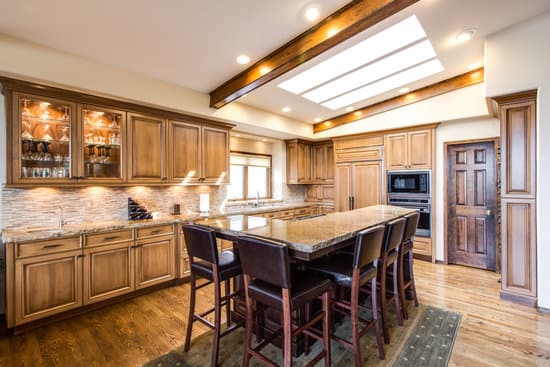The Washitsu: A Traditional Japanese Living Room
The Definition of Washitsu
The washitsu, also known as he shi in Japanese, is a term used to refer to a traditional Japanese-style room. It is a space that is often designed specifically for relaxation, meditation, or socializing with friends and family members. In Japanese culture, the washitsu is an essential element of a house, and it is a room that is typically used for various ceremonial occasions such as tea ceremonies, weddings, and other special events.Features of a Washitsu
The washitsu is characterized by its traditional features that reflect the unique aesthetic principles of Japanese culture. Notably, one of the most defining features of the washitsu is its traditional flooring made of tatami mats. These mats are made of woven straw and are designed to provide a soft, cushioned surface for sitting and relaxing. Additionally, the washitsu is designed to capture natural light, and it is typically furnished with sliding doors, large windows, and low furniture that is simple and elegant in design.The Origin of Tatami
The use of tatami mats in the washitsu dates back centuries to the Heian period in Japan when the construction of the traditional floor covering began. At that time, tatami was made of various materials, including woven rushes and silk fabric. However, over time, the use of straw as the core material became popular. The tatami mats were then adopted for use in the washitsu, where they continue to serve as a key feature of the traditional Japanese room.Tatami Mats in a Washitsu
Tatami mats are a central feature of the washitsu, and their use has a significant impact on the room’s atmosphere and design. The mats are typically arranged horizontally in a grid pattern and secured together with decorative borders. In a standard washitsu, there are typically around six to eight tatami mats depending on the desired space. Tatami mats come in various sizes, ranging from the standard size of 90cm x 180cm to larger sizes that are perfect for larger rooms with more space. One key aspect of tatami mat care is that they should never be stepped on with shoes, as this can cause damage to the mat’s surface and affect its overall quality and lifespan.How to Design a Washitsu
Designing a washitsu requires attention to detail and a good understanding of Japanese aesthetics. The room should reflect the traditional elements of Japanese design, but it should also be functional and comfortable for everyday use. Here are some key tips for designing a traditional Japanese-style room:- Choose colors and materials that complement the natural elements of the room, such as wooden floors and sliding doors.
- Use simple, elegant furniture that is low to the ground and functional.
- Lighting should be soft and natural, with plenty of light entering the room through large windows or sliding doors.
- Decorate the room with traditional elements such as art prints, ceramics, and textiles.
Furniture in a Washitsu
The furniture in a washitsu is designed to be simple and functional, with a focus on low-profile pieces that complement the room’s natural aesthetic. Common furniture pieces found in a washitsu may include:- Zabuton cushions: These floor cushions are traditional in Japan and are used for sitting and relaxing in the washitsu.
- Low tables: Low tables are used for dining, tea ceremonies, or other social events in the washitsu.
- Futon: Futons are thin, lightweight mattresses that can be folded or rolled up and stored away during the day. In a washitsu, they are typically used for sleeping or lounging on the tatami mats.
- Shoji screens: Shoji screens are sliding panels made of translucent paper that are used to divide rooms or provide privacy in the washitsu.
Benefits of Having a Washitsu at Home
There are several benefits to having a washitsu at home, including:- Creating a peaceful and relaxing atmosphere
- Utilizing a space for socializing and entertaining guests
- Experiencing traditional Japanese culture in a modern home setting
- Incorporating harmonious design principles that promote well-being and balance
- Enjoying a multipurpose space that can be adapted to various uses and events




















